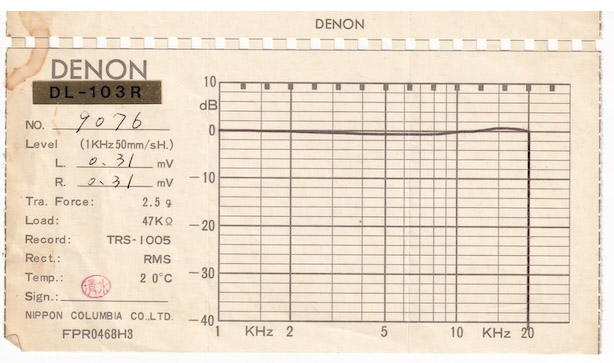少し古い音楽が守備範囲の音楽ファンの間では、いまだにアナログレコードをメインに聴く方が少なくありません (私もそのひとりですが)。いわゆる「名盤」と呼ばれるアルバムは、過去に何度も LP や CD で再発されてきていますが、それでもファンは当時リリースされたオリジナル盤と呼ばれる古いレコードを血眼になって探し、時には (常人には理解不能な程の) 大枚をはたいて手に入れようとすらします。
Analog records are still main source for listening, for many of music fans who like old recordings (I am one of them of course). So-called “masterpiece albums” has been reissued so many times in various formats like LP and CD, but such people will try to find old original pressing LPs and pay so expensive money for them (ordinary people will be surprised to know how expensive the original pressings are in the vintage market).
その原動力は、「もっと良い音で聴きたい」という一点に集約されるでしょう。録音されたばかりのマスターテープを使って、当時の機材で、実際に録音をプロデュースした人やミュージシャンの意見をとりいれつつ音決めを行い、カッティングされ、プレスされた当時のレコード。再発盤LPや日本盤、リマスターCDでもかなわないことの多い、そのオリジナル盤の音の素晴らしさはしばしば「鮮度」「過渡特性」「エンジニアの音」「時代の音」といったタームを使って説明されます。確かに、サーフェスノイズやスクラッチノイズの彼方から、とほうもない音の魔力が襲ってくるかの様なレコードは枚挙にいとまがありません。その代わり、アルバムによっては、常人には理解できない程の高額で取り引きされている盤も少なくないのですが . . .
In short, the primary motivation toward original pressings would be “the thirst for better sound quality” – they were cut and pressed from very fresh master tapes, using equipments at the time of the recording, by including the preferences and concepts of producers, engineers and (sometimes even) performers. Many of such original pressings surely sounds far better than later LP reissues and remastered CD reissues. The greatness of the sound of original pressings is sometimes referred as “freshness”, “better transiency”, “the sound of the engineer”, “the sound of good old days”, etc. Actually, we can easily count so many vintage albums which sounds superb beyond surface/scratch noise – they really have fascinating power of sound. On the other hand, such albums costs too expensive, and beyond ordinary people’s common sense.
そんな中、ごく稀に、オリジナル盤LPは余り欲しくないと思える盤、のちにリリースされた CD を持っていれば (文字通り) 充分だ、と確信を持って言える盤があります。
However on the other hand, I sometimes encounter a rare example (although there are few) – an album of which I don’t necessarily want an original pressing. In such case, a certain CD reissue is (literally) enough for me for sure.
( . . . the rest of the English edition will (hopefully) be available in the near future . . . )
Continue reading →




![[Riverside S-3 Front Cover]](/img/RiversideS3_F.jpg)
![[Riverside S-3 Back Cover]](/img/RiversideS3_B.jpg)